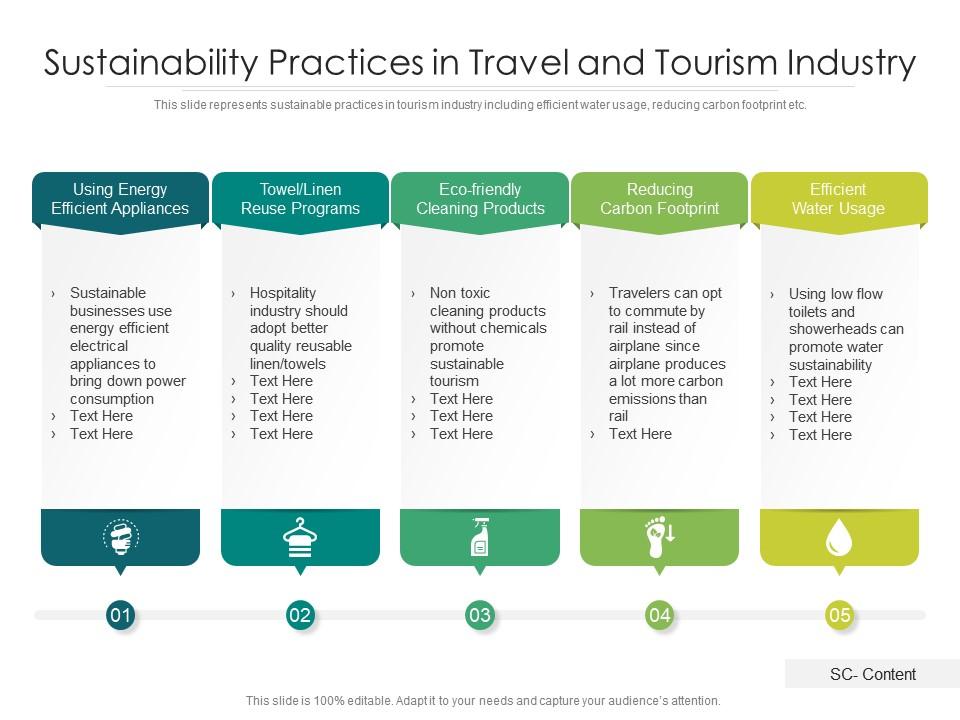5 Key Origins of Ecotourism You Need to Know

Ecotourism is not just a trend; it's a powerful movement that reshapes the way we explore our planet, aiming to benefit local communities, conserve natural areas, and educate travelers. The idea of traveling in a way that minimizes environmental impact while enriching the traveler's experience is not new. Here's a deeper look into the five key origins of ecotourism that every eco-conscious traveler should know.
The Conservation Movement
Ecotourism has its roots in the broader Conservation Movement, which gained momentum in the late 19th century. With concerns about industrialization and its effects on nature, pioneers like John Muir and Theodore Roosevelt championed the preservation of America’s wilderness. This led to the establishment of national parks and wildlife sanctuaries, which are now essential for ecotourism. Visitors flocked to these protected areas not only for scenic beauty but also to appreciate and learn about the need for conservation. Here’s how this movement set the stage for ecotourism:
- Preservation: The desire to protect natural environments from development became a cornerstone of ecotourism.
- Education: Visitors are often given educational tours to foster a deeper understanding of conservation efforts.

The Club of Rome’s Limits to Growth
Published in 1972, the report “Limits to Growth” by the Club of Rome outlined the consequences of exponential economic and population growth. This report was a wake-up call, revealing how natural resources could not support unchecked growth, sparking a global interest in sustainable practices. Its influence on ecotourism includes:
- Sustainability: Ecotourism embraced sustainability as a core principle, aiming for a balance between use and preservation.
- Responsible Travel: It highlighted the need for visitors to minimize their ecological footprint while traveling.
The Tread Lightly! Campaign
Launched in the 1980s by the US Forest Service, the Tread Lightly! Campaign was a catalyst for eco-friendly travel practices. This campaign focused on:
- Environmental Responsibility: Encouraging visitors to leave no trace, use designated trails, and minimize environmental damage.
- Respect for Nature: Promoting behavior that respects wildlife and their habitats.
These principles laid the groundwork for ethical and sustainable travel within ecotourism.
The Rise of Sustainable Development
In 1987, the Brundtland Report, formally known as Our Common Future, introduced the term “sustainable development.” This concept emphasized:
- Economic Growth: Economic growth that does not come at the expense of the environment.
- Social Inclusion: Involving local communities in tourism benefits.
- Environmental Integrity: Maintaining natural resources for future generations.
These principles have since shaped the goals of ecotourism to ensure that tourism development benefits the local economy, promotes conservation, and respects indigenous cultures.
Eco-Labels and Certifications
To distinguish responsible tourism practices from others, eco-labels and certifications were introduced. Organizations like Green Globe and Rainforest Alliance:
- Standardized ecotourism practices with benchmarks to measure environmental, social, and economic sustainability.
- Allowed travelers to make informed choices about supporting operations that care for the environment.
🌱 Note: Eco-labels can vary significantly in their scope and credibility, so doing research before booking can help ensure your ecotourism adventure is truly sustainable.
In summary, ecotourism has evolved from multiple roots, all emphasizing the need for sustainable travel practices. From the protection of natural landscapes to promoting responsible behavior, each origin has contributed to what ecotourism stands for today. It's a collective journey towards travel that benefits not just the traveler but also the environment and the local communities they visit.
What is the difference between ecotourism and sustainable tourism?
+
While both share common goals, ecotourism focuses specifically on nature-based activities and often includes an educational component aimed at conservation. Sustainable tourism is a broader term, encompassing all types of travel that aim to reduce impact, support local economies, and preserve cultural heritage.
How does ecotourism support local communities?
+
Ecotourism supports local communities by promoting small, locally owned businesses, which leads to job creation and economic empowerment. It also encourages cultural exchange and appreciation, ensuring that local traditions and cultures are valued and preserved.
Is ecotourism more expensive than regular tourism?
+
Not necessarily. While some ecotourism activities might be priced higher due to the small-scale, community-based operations or the need for specialized tours, there are also affordable options. The value often lies in the unique experiences and the direct benefits to conservation and communities.
Related Terms:
- What is ecotourism and example
- Ecotourism examples
- Ecotourism destination in Indonesia
- Ecotourism PDF
- Ecotourism history
- Types of ecotourism


